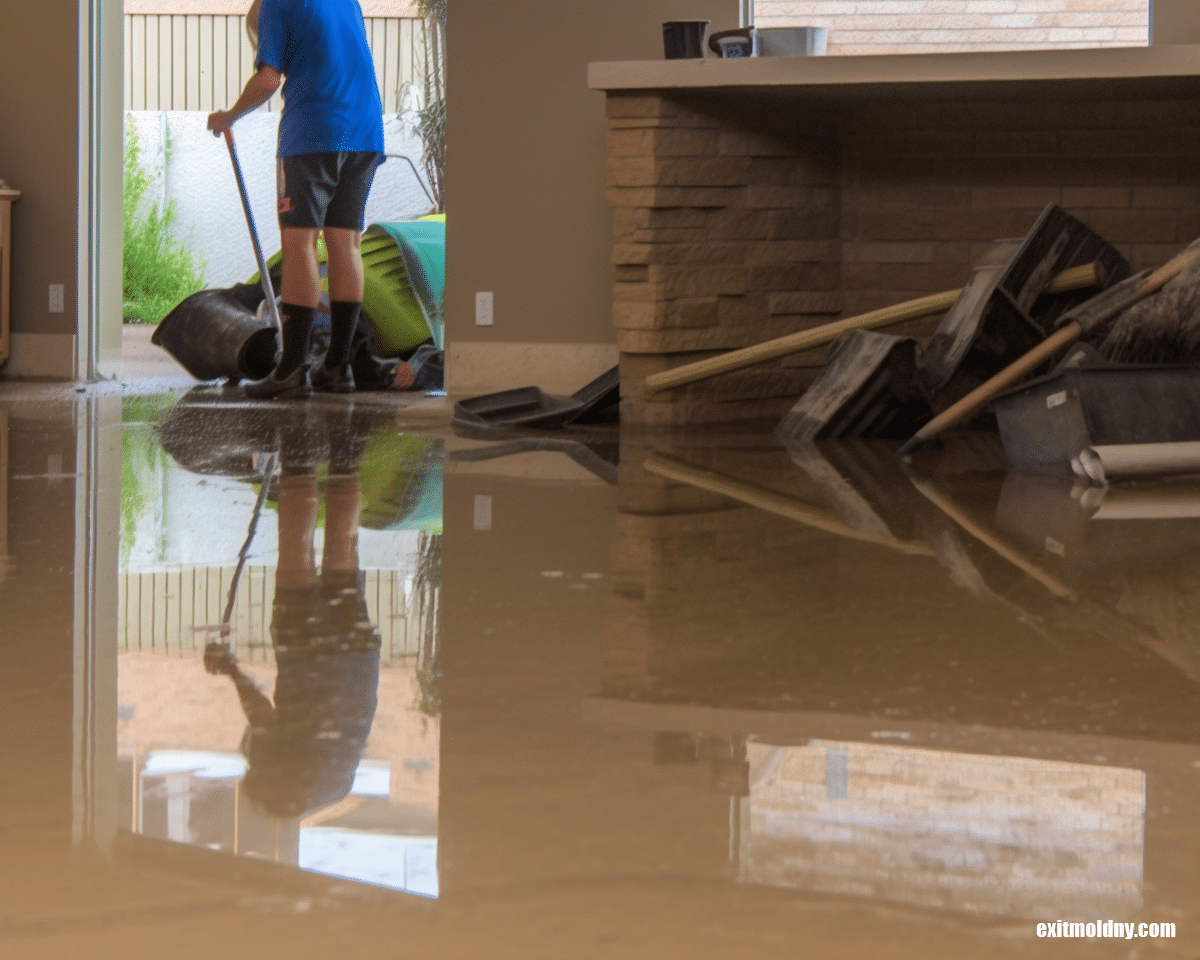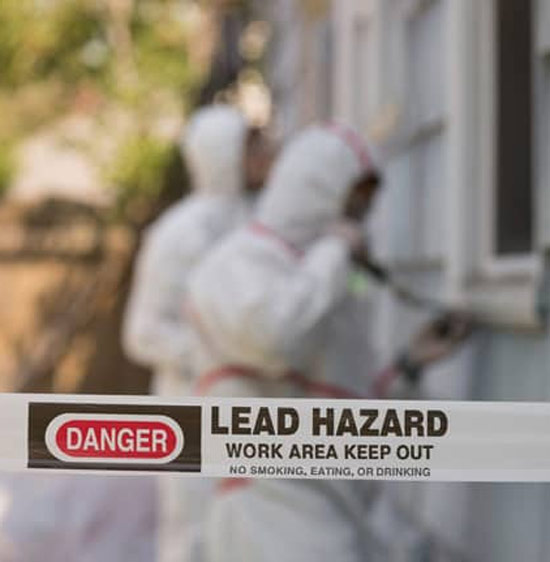DOH & HPD Lead Violation Removal NYC-- Professional Solutions for Conformity
DOH & HPD Lead Violation Removal NYC-- Professional Solutions for Conformity
Blog Article
Important Devices and Strategies for Efficient Lead Violation Cleanup
Attending to lead infractions effectively necessitates a thorough method that mixes the right devices with critical techniques. The initial step involves equipping employees with Personal Protective Equipment (PPE) to secure their health and wellness. Concurrently, the use of specialized cleanup devices, such as HEPA vacuums and lead-specific cleaner, is vital for detailed contaminant elimination. Efficient control approaches, consisting of plastic sheeting and negative atmospheric pressure systems, are important to prevent the spread of dangerous products. Additionally, secure disposal practices and rigorous adherence to regulatory guidelines make certain responsible handling of toxic waste. However what are the nuanced strategies that genuinely make a distinction?
Personal Protective Tools
Personal safety tools (PPE) is an important part in the effective monitoring of lead contamination cleanup. The vital PPE for lead cleaning includes respirators, safety clothing, gloves, and eye protection.
Respirators, especially those geared up with HEPA filters, are essential for filtering air-borne lead particles, preventing inhalation. Safety clothes, consisting of coveralls and disposable fits, prevents lead dust from sticking to workers' garments, reducing the danger of second contamination.
In addition, strenuous training on the correct use and maintenance of PPE is essential. Workers need to be educated on putting on and doffing treatments to stay clear of contamination. Regular assessments and substitutes of PPE elements are needed to maintain their safety abilities, making certain a safe and certified cleanup operation.
Specialized Cleaning Equipment

One more vital device is the wet/dry vacuum cleaner, which can efficiently cleanse up both dust and liquid contaminants. These vacuum cleaners typically include HEPA filters to offer an extra layer of safety and security. Wet cleans or tack towels are likewise vital for surface area cleaning; they are specifically made to capture and hold lead particles, reducing the danger of spreading contamination.
For more stubborn deposits, specialized lead-removal cleaner are needed. These representatives are created to damage down lead fragments, making them less complicated to get rid of. Scrub brushes with tough bristles can assist in this process, especially on rough surfaces where lead dust tends to adhere more strongly.
Additionally, encapsulants are used to seal lead-contaminated surfaces, preventing the release of lead dust. These specialized paints and finishings are made to adhere to various substrates, offering a lasting service for lead containment.
Effective Containment Techniques
Reliable control methods are essential in reducing the spread of lead contamination throughout clean-up tasks. Executing robust control approaches ensures that lead fragments do not move to unaffected locations, therefore shielding both employees and the atmosphere. One primary technique is making use of plastic sheeting to secure off contaminated areas. Sturdy polyethylene barriers can be mounted from flooring to ceiling to create a regulated workspace, considerably reducing the threat of air-borne lead useful source dust dispersal.

To boost control, encapsulants can be put on surface areas that are not being eliminated or disrupted. These specialized finishings bind lead dirt, minimizing its availability for resuspension. Additionally, all personnel need to wear suitable Individual Protective Devices (PPE), consisting of respirators and non reusable fits, to avoid contamination spread.
Safe Disposal Practices
Making certain secure disposal methods is an important part in the administration of lead contamination clean-up. Appropriate disposal minimizes the risk of lead re-entering the setting and jeopardizing public health and wellness. The first action is to determine and segregate lead-contaminated waste from other products. Safe control making use of durable, watertight containers is necessary to avoid spillage throughout transport.
Transporting lead waste calls for adherence to rigorous standards. Making use of licensed contaminated materials providers ensures that the materials are managed responsibly. Documentation, including shows up describing the kind and quantity of waste, must come with shipments to track the waste from the website of origin to its final disposal location.
Designated contaminated materials disposal facilities are furnished to manage lead-contaminated products safely. These facilities typically utilize sophisticated methods such as stablizing, solidification, or chemical treatment to reduce the effects of the lead before disposal. Landfilling in specialized, lined areas that protect against leachate from polluting groundwater is a common practice for final disposal.
Routine training for workers associated next with lead garbage disposal is essential to maintain security criteria and avoid accidental direct exposure. By adhering to these methods, organizations can dramatically decrease the environmental and health effects related to lead contamination.
Regulatory Compliance Tips

Following governing compliance is critical in the successful implementation of lead contamination cleanup. Understanding and adhering to federal, state, and local laws guarantees not only the safety and security and wellness of people yet also the legal and monetary well-being of the cleaning organization. The Environmental Security Company (EPA) sets strict standards, such as the Lead Restoration, Repair, and Painting (RRP) Policy, which mandates appropriate qualification and training for contractors taking care of lead-based activities.
Conformity begins with a detailed assessment of suitable legislations and regulations. Organizations needs to stay upgraded on any kind of legal changes, which can be facilitated via regular training sessions and subscribing to market updates. Documentation is an additional essential conformity facet; keeping in-depth records of all tasks, including evaluation records, staff member training logs, and disposal materializes, is important.
In addition, involving with accredited lead examiners or run the risk of assessors ensures that lead dangers are appropriately recognized and mitigated. Companies must implement using Personal Protective Tools (PPE) and guarantee that safety procedures are strictly followed. Transparent interaction with stakeholders, including employees, clients, and regulatory bodies, will promote a culture of compliance and responsibility, ultimately contributing to a more secure and much more efficient lead clean-up procedure.
Conclusion
Effective lead offense cleaning requires the integration of specialized devices and tactical techniques learn the facts here now to make sure safety and security and effectiveness. Using HEPA vacuums, specialized cleaning up agents, and effective containment methods such as plastic bed linen and unfavorable air stress systems is critical. Personal safety tools (PPE) safeguards workers from direct exposure, while secure disposal methods and stringent adherence to regulatory compliance are vital for responsibly taking care of dangerous waste. Collectively, these measures significantly minimize health risks and add to a cleaner environment.
Report this page